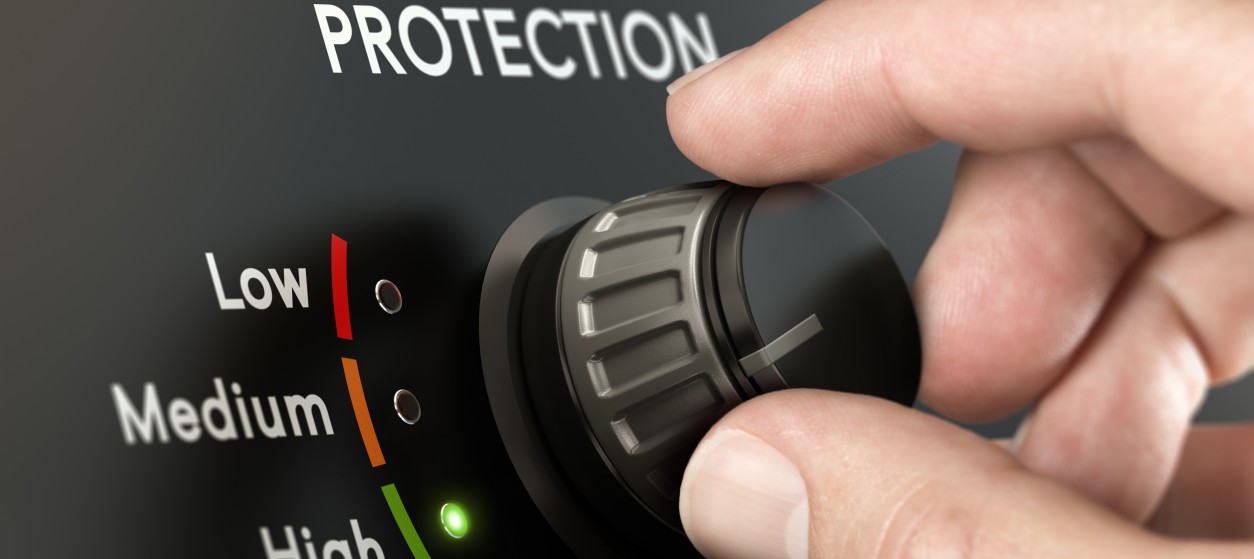Technology is commonly accused of facilitating criminality, through providing thieves with effective, instant, ubiquitous and inexpensive ways to communicate and organize their criminal missions. This is for example the case with mobile phones and social media, which are increasingly used by terrorists, criminals and thieves. At the same time, the evolution of IT provides new ways for conducting crime, including cybercrime. For example, the declining costs of computation and storage, along with BigData analytics technologies ease processes such as profiling, identity theft and privacy violations for malicious purposes.
Nevertheless, a coin has always two sides. Much as IT technology can boost crime, it can also be used to prevent theft and to support arrest and prosecution of criminals. In particular, novel IT technologies provide enhanced surveillance capabilities, while forensics ease the collection of crime-related evidence and their presentation in court. Hence, law enforcement agencies are offered with opportunities to integrate novel technologies in their operations, as a means to improving their productivity, increasing arrest rates and in general to do more in less time and lower costs. In following paragraphs we illustrate practical examples of IT technologies that are already reducing criminality.
Anti-Theft Technology and Applications
A wide range of surveillance technologies are currently deployed not only by law enforcement agencies, but also by citizens themselves. Prominent examples include:
- Surveillance cameras (including CCTV (Closed Circuit Television systems): Cameras are the most widely deployed security systems, which are used for continuous monitoring of certain areas in their vicinity. The police deploys them in public areas, while citizens deploy them in their private properties. Cameras capture real-time security events (e.g., suspicious movements) and also provide features to perform post-incident analysis. In both cases, they serve as a valuable tool for arresting thieves. While cameras and visual signal processing technologies have been around for more than two decades, recent advances in video technology render them more effective through enabling intelligent, context-aware video analytics.
- Intelligent video analytics: State of the art cameras are not confined to capturing videos on surveilled areas. Rather they boost context-aware video analysis, which is typically triggered by motion sensors, sound analysis or other indicators of an intruder in a building, house or shop. As a first step, a picture of the surveilled area is sent to the police or the owner of the private property. Upon the identification of suspicious movements the video capture rate is increased in order to ease further analysis. Furthermore, the video stream is tagged to allow the police to locate critical moments and to save effort on monitoring, analyzing and reviewing the video.
- Facial analysis software: Facial analysis technology is one more add-on that is deployed on top of video surveillance. It detects faces and compares them against a facial database. The database can contain known people (e.g., regular shoppers) or suspicious individuals (e.g., people engaging in shoplifting in the past). Facial analysis technology is commonly deployed in retail areas to prevent shoplifting.
- Unmanned Aerial Vehicles (UAVs) and Drones: During the last couple of years, law enforcement agencies are also deploying drones for surveillance of broad areas and reception of panoramic views. The evolution of drones’ technology will soon lead to “cognitive” drones, which will be able to focus on suspicious scenes as part of their surveillance mission.
Apart from surveillance technologies, there are also anti-theft systems and devices, which either prevent theft or augment the work of law enforcement agencies after theft. Furthermore, conventional IT devices can be deployed in security-aware processes in order to prevent theft. Some examples follow:
- Stolen Vehicle Recovery Systems: These systems are small devices that are installed in vehicles, in order to facilitate recovery upon theft. From a technological perspective, these devices comprise a GPS (Global Positioning System) receiver and transmitter, which can be used by the police in order to locate the car. The device is extremely small, which makes it almost impossible for thieves to detect it, even in cases where they anticipate that the vehicle has a recovery system installed.
- Mobile point of sales (Mobile POS): Mobile POS can act as a deterrent for thieves and shoplifters, since they can a sense of being ‘monitored’ within the retail shop. This is based on the deployment of mobile cashiers instead of conventional stationary ones.
- Radio Frequency Identification (RFID) for Counterfeiting: RFID tags can be used to uniquely identify individual products, as these can contain serialized unique information (i.e. product information for each different serial number). Likewise, RFID identifiers can be exploited for traceability of products across the supply chain, including information about the different locations of the products in the supply chain. The availability of detailed and serialized traceability information can unveil criminals trying to sell or use fake products.
- IT-enabled Electronic safes: These include digital mechanisms for verifying authorized access to a safe. They create and maintain a detailed audit trail, including information about who accessed the safe and when. In this way, thieves are denied access to the safe, while information for their latter arrest is collected.
Integration and Processes
The above list of anti-theft technologies is by no means exhaustive, yet it is indicative of how IT improves the operational efficiency of the police and the ability of the citizens to protect themselves. Additional efficiencies can also be achieved from the integration of these technologies with devices (e.g., the smartphones and tablets of the property owners) and criminal analysis techniques (e.g., the use of DNA databanks for identifying suspects based on biological evidence). Furthermore, some of the listed technologies can be integrated, such as most of the video analytics and intelligence surveillance technologies. For example, picture taking systems can be combined with GPS technology and text notifications in order to alert police officers in a timely way, but also in order to provide them with enough context about the theft.
In most cases the efficiency of law enforcement agencies depends on the way they integrate these tools and technologies in their processes. This is for example the case with forensics processes in which investigators need to undertake specific steps in order to ensure that digitally captured information can be presented in court. Forensics processes are typically supported by specialized technologies and equipment such as magnifying glasses and tamper-evident bags.
Another technology-related process for catching thieves relates to the use of “bait devices” i.e. devices that are left alone, yet monitored by the police or their owners. This process facilitates catching thieves in the act i.e. the moment they try to steal tablets, cellphones and other gadgets that they consider unattended. In this way, both arrests and convictions are made easier.
Challenges and Concerns
While technologies open up a broad range of capabilities for arresting and convicting criminals, their integration, operation and use remains challenging. In particular, several of the listed technologies (e.g., most of the surveillance technologies) raise privacy concerns. In some countries (e.g., notably in Europe), Data Protection Authorities (DPAs) would not allow citizens and businesses to deploy such surveillance systems in a retail setting so as to protect citizens’ privacy. Law enforcement agencies face less barriers, yet they also need to get approval for deploying surveillance systems in public spaces, whilst committing that they will not abuse them.
Apart from privacy concerns, deployers of the presented technologies need to consider an effective integration of these systems within their processes. In most cases effectiveness does not stem from the technology per se, but from the way technological capabilities are integrated in patrolling and surveillance processes.
Much as it helps thieves to conduct crimes, modern ICT technologies are also facilitating arrests and convictions. The overall balance bends probably towards the side of preventing than encouraging theft. With the advent of intelligent technologies (such as advanced analytics and Artificial Intelligence) crime in the developed world will be certainly reduced. However, the implications of novel technologies on peoples’ privacy in the long term remains to be seen. In this respect, IT companies are provided with a wealth of opportunities for innovating, through developing intelligent and privacy-friendly anti-crime products and services that are useful to law enforcement agencies as well as appealing to citizens.










